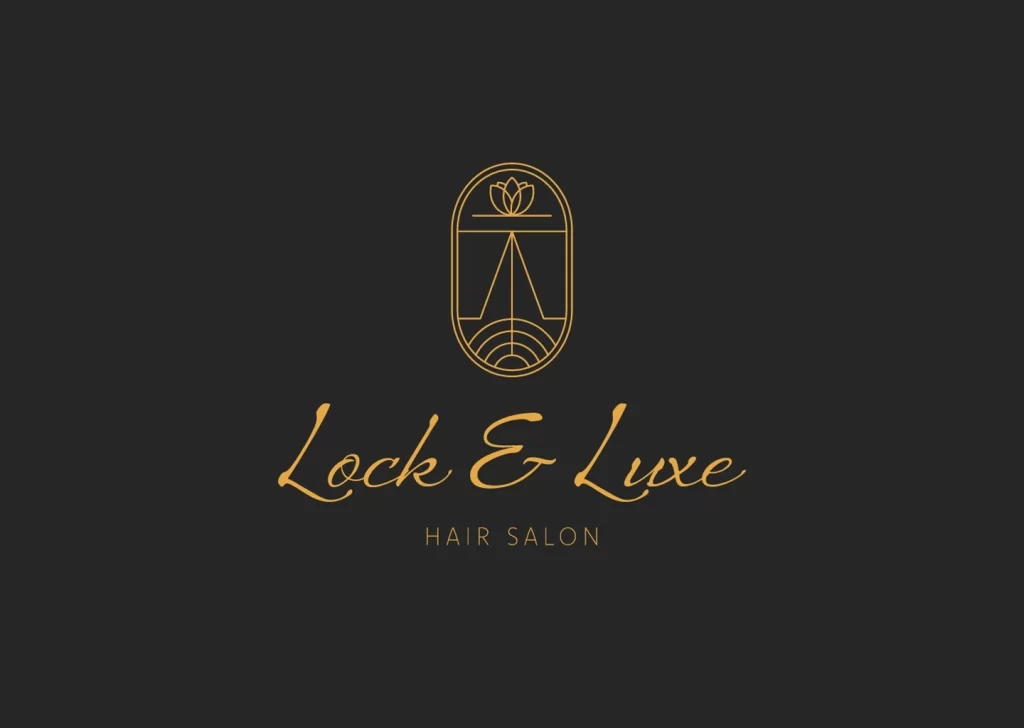In the realm of brand-business learning, one often overlooked yet critical aspect is the formulation and implementation of a robust brand-business architecture policy. But why is such a policy necessary?
A brand-business architecture policy serves as a guiding framework that delineates how various brand-businesses within a portfolio interrelate. It provides an identity-based approach to defining the roles of each brand-business, thereby mitigating the risks of redundancy and diminishing customer interest. Without a clear brand-business architecture policy in place, organizations run the perilous risk of internal competition among their own brand-businesses, leading to what can be termed as “death-wish marketing.”
Recent comments reported in The Wall Street Journal regarding the streaming name change from HBO Max to Max underscore the consequences of lacking a brand-business architecture policy. These comments highlight the challenges and complexities that arise when there’s no clear strategic alignment among brand-businesses within a portfolio.
Just as every brand-business operates under various policies ranging from legal to design, having a structured approach to brand-business architecture is equally essential. Organizations must determine whether their brand-businesses fall under categories such as Hallmark brands, solo brand-businesses, extended brand-businesses, endorsed brand-businesses, or other identities.
There exist five fundamental brand architecture approaches:
Hallmark Brand-Businesses: These utilize the corporate name with generic product/service labels, symbolizing familiarity, quality, leadership, and trust.
Solo Brand-Businesses: Each product design offers a distinct differentiated benefit, exemplified by household staples like Ivory, Crest, and Tide.
Extended Brand-Businesses: Offering a differentiated benefit across multiple product designs, such as Arm & Hammer’s diverse product range.
Family Branding (Master and Endorsement): In the Master branding approach, a parent brand stands for origin, quality, and trust, while offspring brand-businesses signify relevant differentiation. Endorsement branding, on the other hand, involves the parent brand endorsing the authority and quality of the product or service brand-business.
Combination Branding (Component and Co-brand): Component branding incorporates a brand within a brand, while co-branding involves two brands sharing the identification as the source of the brand-business promise.
The recent example from Warner Bros. Discovery’s streaming service underscores the need for clarity in brand-business architecture. The rationale behind the deletion of the HBO name and its integration into the Max brand raises questions about brand alignment and differentiation. Customers seek transparency in brand promises, which underscores the importance of a coherent brand-business architecture policy.
Key questions arise regarding the definition of the Max brand’s identity, the differentiation of individual brand-businesses within the portfolio, and the relationship between Max and Warner Bros. Discovery. Without clear answers to these questions, brand-businesses risk losing customer trust and loyalty, particularly in an era where brand authenticity and relevance are paramount.
In conclusion, a well-defined brand-business architecture policy is imperative for organizational success. It provides clarity, coherence, and strategic alignment across brand-businesses, thereby enhancing customer perception, trust, and loyalty. Warner Bros. Discovery, like many other organizations, must prioritize the establishment of a clear and customer-centric brand-business architecture policy to thrive in today’s competitive landscape.








